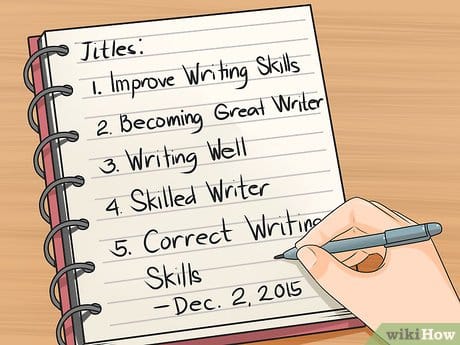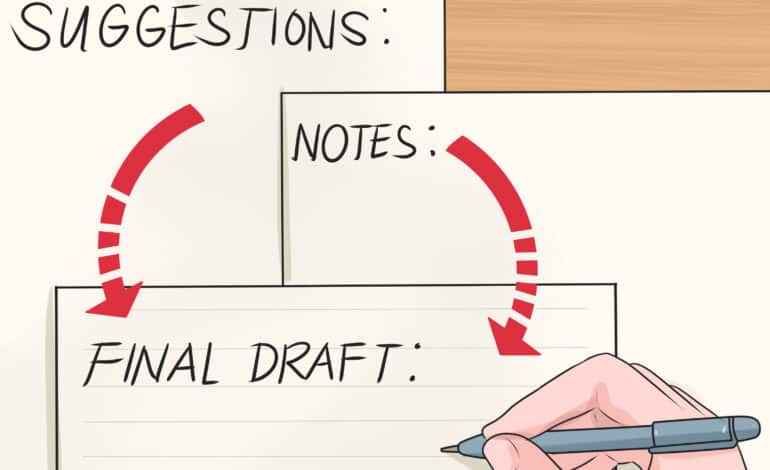
Writing Structure Tips: Crafting Clear & Engaging Content
Whether you’re writing a blog, article, essay, or business proposal, one thing separates good writing from great writing: structure. Clear and well-organized content makes your message easier to understand and more enjoyable to read. That’s why mastering the best writing structure tips can transform how your content is received.
In this guide, we’ll share the most effective writing structure tips to help you craft content that flows smoothly, grabs attention, and delivers value—no matter your audience.
Why Writing Structure Matters
Before diving into specific writing structure tips, it’s essential to understand why structure is so crucial.
1. Enhances Clarity
A clear structure guides your reader through your content. It keeps your ideas organized and ensures each paragraph serves a purpose.
2. Boosts Engagement
When your content is easy to follow, readers are more likely to stay longer, read more, and take action.
3. Supports SEO
Well-structured writing helps search engines understand your content, improving your chances of ranking higher in search results.
With that in mind, let’s explore the most powerful writing structure tips for creating clear, compelling content.
Tip 1: Start with a Strong Outline
The first and most fundamental of all writing structure tips is to begin with an outline. An outline acts as a roadmap for your content.
What to include in your outline:
- Introduction: Hook, problem, and thesis or main idea.
- Body: Key points, examples, evidence, and transitions.
- Conclusion: Summary, call to action, or final thought.
Creating an outline keeps you focused and prevents your writing from going off track.
📝 Pro tip: Use bullet points or numbered lists to break down complex sections before you start writing.
Tip 2: Use the Classic Three-Part Structure
One of the oldest yet most effective writing structure tips is the three-part structure: Introduction, Body, Conclusion.
1. Introduction:
Grab attention, introduce the topic, and state your purpose.
2. Body:
Break content into logical sections. Each paragraph should address one main idea.
3. Conclusion:
Summarize your key points, restate your main message, and provide closure.
This format works well for almost every type of writing and ensures your content flows logically from start to finish.
Tip 3: Use Headings and Subheadings
One of the simplest writing structure tips to boost readability is to use headings and subheadings.
Benefits of headings:
- Help organize your content visually
- Make it easier to skim
- Improve SEO (especially with keyword-rich subheadings)
Break your content into sections using H2 and H3 tags. These give your readers visual cues and make your writing more digestible.
Tip 4: Write Clear Topic Sentences
Every paragraph should start with a clear topic sentence. This is one of the most important yet overlooked writing structure tips.
What a good topic sentence does:
- States the main point of the paragraph
- Keeps your writing focused
- Guides your reader through the flow of ideas
Without topic sentences, your writing can feel scattered and confusing. Think of them as mini headlines for each paragraph.
Tip 5: Maintain Logical Flow and Transitions
Great writing doesn’t just list facts or ideas—it connects them. Among the best writing structure tips is using transitions to guide readers from one idea to the next.
Use transition words like:
- Furthermore
- However
- In contrast
- As a result
- For example
- In conclusion
Smooth transitions create a seamless reading experience and show how your ideas are related.
🔗 Pro tip: After writing your draft, read it aloud. If it feels choppy, add transition words or reorganize sections.
Tip 6: Use Short Paragraphs
Long walls of text can scare off readers. One of the most practical writing structure tips is to use short, focused paragraphs.
Ideal paragraph length:
- 2–5 sentences
- 50–100 words
Short paragraphs improve readability—especially on mobile devices—and help your content look clean and inviting.
💡 Bonus: Varying paragraph length adds rhythm and interest to your writing.
Tip 7: Use Lists and Bullet Points
Breaking up your content with lists is not just aesthetically pleasing—it’s one of the top writing structure tips for improving engagement.
Lists are great for:
- Step-by-step instructions
- Highlighting features or benefits
- Summarizing key ideas
When used correctly, lists help your readers absorb information quickly and stay interested.
Tip 8: Keep One Idea Per Paragraph
This may sound simple, but it’s often ignored. One of the most effective writing structure tips is to focus on one idea per paragraph.
Why it works:
- Keeps your writing organized
- Makes it easier for readers to follow
- Prevents information overload
When a paragraph starts to cover multiple ideas, split it into two. Clarity should always be your goal.
Tip 9: Use Examples and Evidence
Strong structure isn’t just about layout—it’s about support. One of the smartest writing structure tips is to back up your points with examples.
How to do it:
- Use real-world examples
- Include data or quotes
- Share short anecdotes
Examples make your content more relatable and persuasive. They also break up dense text and add interest.
Tip 10: Write a Powerful Introduction
Your introduction sets the tone for everything that follows. Make it count with these proven writing structure tips:
- Start with a hook: a question, statistic, or bold statement.
- Explain the problem or topic.
- Tell readers what they’ll learn or gain.
A strong introduction grabs attention and encourages your audience to keep reading.
Tip 11: Craft an Impactful Conclusion
The end of your content is just as important as the beginning. Great writing structure tips always emphasize a strong conclusion.
What a conclusion should do:
- Recap the main points
- Reinforce your message
- Include a call to action (if applicable)
Never introduce new information in the conclusion. Instead, tie everything together and leave your reader with something to think about.
Tip 12: Format for Skim Readers
In the age of fast scrolling, formatting is everything. One of the most modern writing structure tips is to format your content for people who skim.
How to do it:
- Use bold or italic for emphasis
- Include bullet points and short paragraphs
- Add visuals or pull quotes when possible
Design your content for both deep readers and skim readers to maximize impact.
Tip 13: Edit for Structure First
Before checking grammar or spelling, review your writing structure. This is one of the most strategic writing structure tips that separates amateur writers from professionals.
Structural editing includes:
- Reordering paragraphs
- Checking transitions
- Removing repetitive points
- Strengthening topic sentences
Think of structure as the skeleton of your writing. If the bones are weak, the rest won’t hold up.
Tip 14: Always Write with the Reader in Mind
The final and perhaps most powerful of all writing structure tips is this: Write for your reader.
Ask yourself:
- What does my reader want to learn?
- What problem am I solving?
- Is my message easy to follow?
Writing is about communication. The clearer your structure, the more likely your message will land.
Bonus: Common Writing Structure Mistakes to Avoid
To wrap up, here are a few structural pitfalls you should avoid:
❌ Jumping between unrelated ideas
❌ No clear thesis or focus
❌ Overly long introductions or conclusions
❌ Dense paragraphs with no breaks
❌ Ignoring headings and formatting
Avoiding these mistakes is just as important as following the right writing structure tips.
Final Thoughts: Mastering Writing Structure One Tip at a Time
Structure is the backbone of effective writing. By implementing the writing structure tips we’ve covered,





